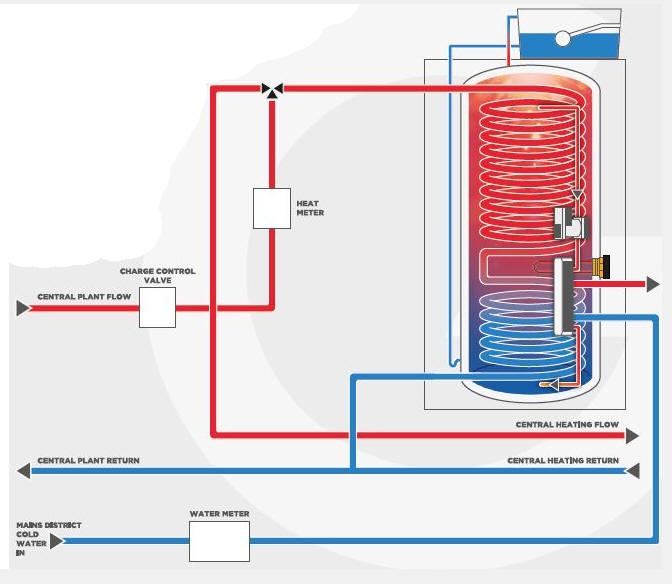- Joined
- 26 Sep 2020
- Messages
- 18
- Reaction score
- 1
- Country

Greetings,
a very basic question from an end user with no technical knowledge.
We recently moved into a new house that has a Gas boiler (Worcester Bosch Greenstar 27Ri) and a Boilermate II.
A Hive smart thermostat controls the heating and the hot water.
I have no understanding of how the Boilermate works, I've always lived in a house with a combi boiler.
The Hive hot water was programmed by the previous owners twice a day.
With spring coming and in an attempt to reduce energy bills, I've monitored the gas meter.
With the heating off, hot water off and no gas appliances being used, the meter is still increasing.
Could anyone be so kind to explain in simple terms how the Boilermate works and if the Hive hot water control is effectively redundant, given that the Boilermate seems to do its own thing with the boiler! (Which would explain the excessive gas bills).
Many thanks
Bill
a very basic question from an end user with no technical knowledge.
We recently moved into a new house that has a Gas boiler (Worcester Bosch Greenstar 27Ri) and a Boilermate II.
A Hive smart thermostat controls the heating and the hot water.
I have no understanding of how the Boilermate works, I've always lived in a house with a combi boiler.
The Hive hot water was programmed by the previous owners twice a day.
With spring coming and in an attempt to reduce energy bills, I've monitored the gas meter.
With the heating off, hot water off and no gas appliances being used, the meter is still increasing.
Could anyone be so kind to explain in simple terms how the Boilermate works and if the Hive hot water control is effectively redundant, given that the Boilermate seems to do its own thing with the boiler! (Which would explain the excessive gas bills).
Many thanks
Bill

